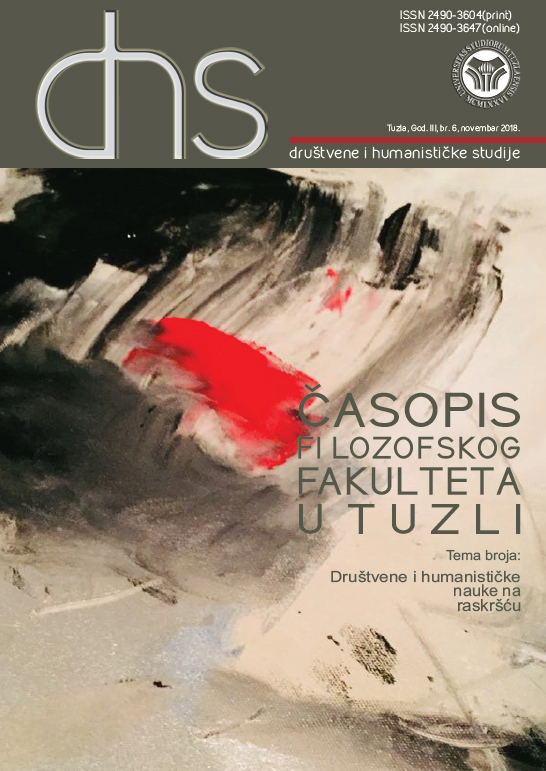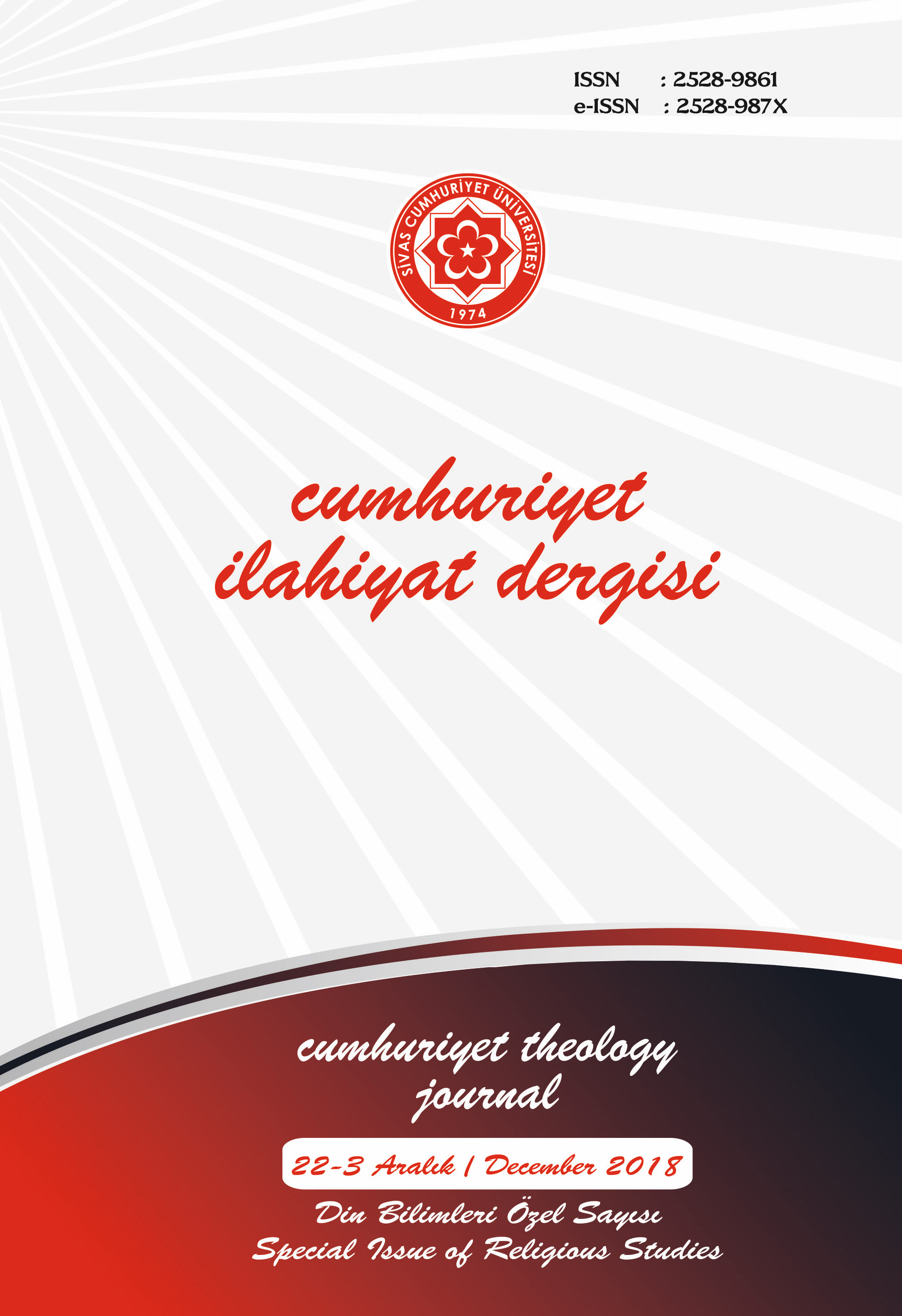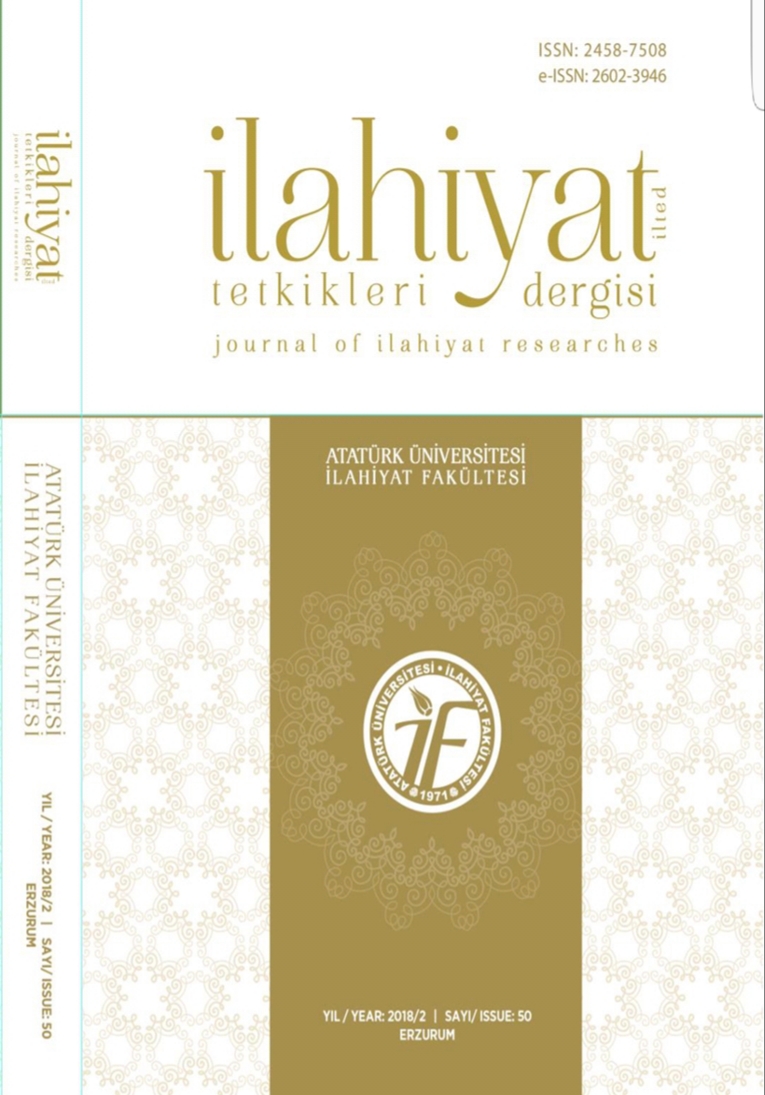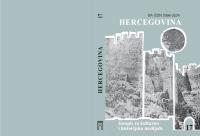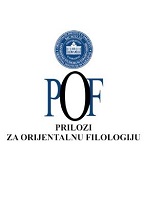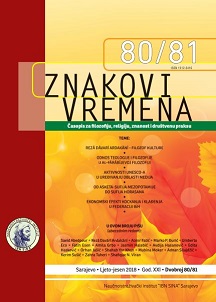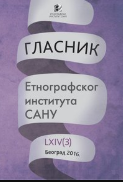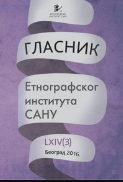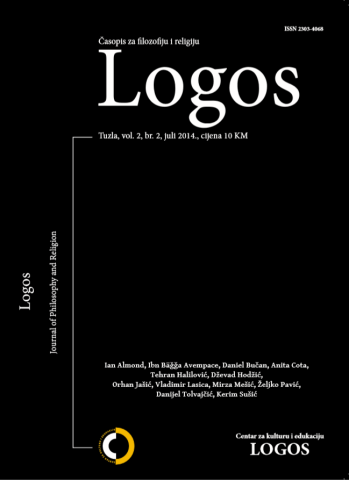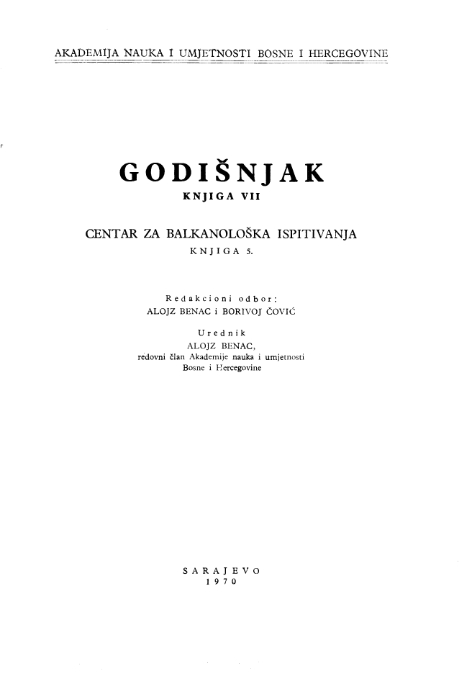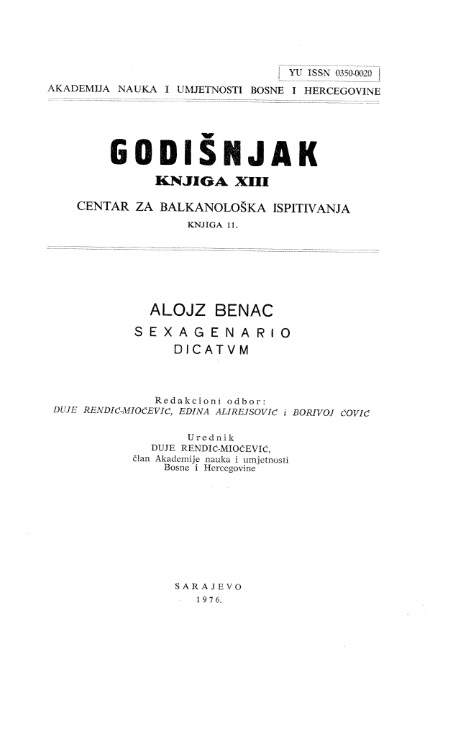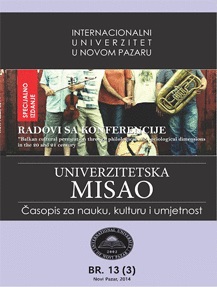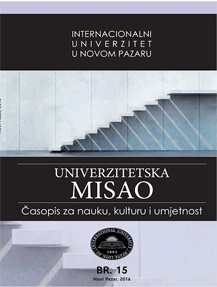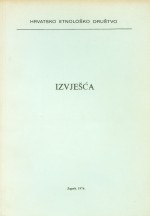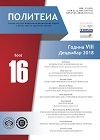Author(s): Behram Hasanov / Language(s): English
Issue: 3/2018
National consciousness emerged among the intelligentsia in Azerbaijan, at the end of the 19th century and the beginning of the XXth century. However, along with Soviet period this process was interrupted and could not spread among the community completely and therefore the “Muslim Identity” continued to survive like a fundamental identity connection for the Azeri society. Along with purge of the intelligentsia and abolition of nationalist symbols and the slogans that they used, Turkish nationalism disappeared as an ideology in Azerbaijan. Politico-ideological nationalism and its slogans were deprived of the chance of keeping the national consciousness alive. In this paper, I will argue that the main factor which sustained national consciousness in Soviet Azerbaijan was Islam and Muslim identity. Despite the fact that the communist regime succeeded in minimizing Islamic intellectual and ideological dimensions, it could not erode its elements that had become a cultural norm and life-style. To be a Muslim in Soviet Azerbaijan was perceived as to be a member of Azeri society and as a devotion to life-style of this society. As a matter of fact, the life-style to which the definition of “Muslim” refers to, was a main factor whereby Azeri society could distinguish itself from the surrounding – Russian, Armenian and Georgian – societies. In this sense, Islam, which refers to common lifestyle and cultural norms, had kept the national consciousness alive by firming the sameness sense of society in Soviet Azerbaijan.SummaryThis study focuses on the role of Islamic identity and Islamic lifestyle in maintaining national consciousness during the Soviet era. The main claim of the study is that Muslim identity and Islamic life style are effective in maintaining national consciousness. In order to prove the accuracy of this claim, analyses of political, social, demographic and cultural issues in a certain historical period are carried out. In this context, the occupation of Russia, the process of nationalization since the second quarter of the XIXthcentury and the subsequent Sovietization process are discussed in the context of Muslim identity and Islamic lifestyle. This period was discussed and commented on in the light of statistical sources, intelligence reports, propaganda books and academic research on the period.When the present Azerbaijan region, which was under the influence of Iran politically and culturally until the XIXthcentury, was occupied by the Russian Empire, the people of the region came under the rule of the Christian rulers for the first time. The Muslim people in Azerbaijan found themselves surrounded by Christian communities for the first time after the Tsarist administration made Armenian and Russian populations migrate to the region to empower its existence. The Azerbaijani society, which was always a part of the Muslim society, had to redefine its own identity in the midst of Christian communities including Russians, Armenians and Georgians. The Tsar administration’s providing a number of privileges both legally and in practice to the Armenians and the Russians, who were brought to Azerbaijan, caused the Azerbaijani Turks to feel themselves under social, cultural, economic and political pressure of Christians. It has been observed that this pressure and favoritism were more intensely felt in the conflicts that broke out between Azerbaijani Turks and Armenians in the years of 1905 and 1918. All these experiences have allowed Azerbaijani Turks to embrace their identity, namely their Muslim identity, towards non-Muslim communities around them.At the beginning of the twentieth century, the intelligentsia and the bourgeoisie, who not only put efforts to promote the national consciousness of the people to ensure social development but also embraced the Muslim identity, had formed. This process resulted in the establishment of the Republic in Azerbaijan in 1918 with the flag that brought together blue, red and green colors symbolizing the turkization, modernization and Islamization. However, the republic was able to survive for only 23 months, and in 1920, after the Soviet invasion, the nationalist ideology, its ideologists and symbols were completely liquidated and Soviet policies were intensively implemented. Even though nationalism had disappeared in the ideological level during the Soviet era, a number of equipment common to nation-state, which provided homogenization of the people, was provided. A national state apparatus, national borders, national history, and national education system were created, even if they were in the Soviet version. As a result, a nation was formed that shared the same language, the same history consciousness and the same boundaries but lacked a national ideology. A cultural nationalism based on culture and lifestyle developed in Soviet Azerbaijan, where ideological nationalism was a perilous venture. Cultural nationalism has evolved in Soviet Azerbaijan as an attitude defending the people's language, history, and especially the way of life. All of these, namely, cultural characteristics and lifestyle, were the main characteristics of the Azerbaijani society, distinguishing itself from environmental societies- from Russians, Armenians and Georgians. In this sense, to be nationalist and patriotic in the Soviet Azerbaijan meant to embrace the culture and lifestyle of Azerbaijani society. Therefore, cultural nationalism played an important role in maintaining the ethnic borders with the surrounding peoples and keeping the national consciousness alive. The point that should be emphasized in terms of our research subject is that a significant part of life style and culture in Azerbaijani society is closely related to Islam and Islamic traditions. Although Sovietization policies were largely successful in eliminating the intellectual and ideological dimension of Islam, its cultural norms and elements, which became lifestyles, continued their existence strongly. The failure of the Soviet regime was that they could not offer an alternative culture and lifestyle to the Muslim societies they ruled. Even though, in the Soviet era, the concrete symbols of Islam such as mosques and headscarves etc. were destroyed, the elements that appeared in interpersonal relations, social structure and family relations continued to exist. All these were important cultural elements of the Azerbaijani society to distinguish itself from the ethnic identities surrounding it, from the Russians, Armenians and Georgians, and to maintain its national identity. Life cycle rituals such as kebin(Islamic marriage), circumcision, funeral and mourning ceremonies were perceived as very important indicators of being an Azeri. In many of the research carried out by the Soviet atheist ideologues and intelligence reports, it was stated that the people, including the communist party executives, continued their life-cycle rituals as they were national customs. Even the atheists were performing these rituals with the concern that they would be accused of opposing national customs and would be excluded from the society if they did not comply with the life-cycle rituals. Just because kebinwas only allowed for Muslim couples and marriages without religious ceremony were not welcomed in the society, the rates of marriage with the Russians, Armenians and Georgians were very low. Circumcision of a male child was perceived as making him a member of the Azeri community and as a means of providing a feature that distinguished him from the members of other societies. The burial of a deceased person according to Islamic methods was a sign that the funeral belonged to an Azeri, not to a Russian, Armenian or Georgian. Hence, setting boundaries with the surrounding ethnic groups, the life-cycle rituals from the Islamic culture also kept national and ethnic consciousness alive. Thus, the Islamic culture and lifestyle became one of the most important antidote of the Soviet Regime’s Homo Sovieticusproject, which aimed to create a new type of human and society beyond the national and ethnic identities.
More...
